High Resolution Cameras
When one pixel of camera resolution can be equal to a star in sky or a biological component in a living organism, a high-resolution camera plays the key role.
Introduction:
High-resolution microscopy cameras are a critical tool for scientific research, enabling the acquisition of high-quality images with unprecedented detail and accuracy. This scientific writing aims to provide an overview of the importance of high-resolution microscopy cameras in scientific research and the technological advancements that have made this possible.
Importance of High-Resolution Microscopy Cameras:
Microscopy has been a crucial tool in scientific research for decades, enabling the observation of specimens at the cellular and molecular levels. However, traditional microscopy methods had limitations in terms of resolution and sensitivity, making it challenging to capture high-quality images with fine details. High-resolution microscopy cameras have revolutionized this field, allowing researchers to capture images with high spatial resolution and contrast.
Technological Advancements:
The development of high-resolution microscopy cameras has been possible due to advances in imaging technologies, including the use of high-performance sensors and sophisticated image processing algorithms. The latest microscopy cameras are equipped with state-of-the-art sensors, including charge-coupled devices (CCDs) and complementary metal-oxide-semiconductor (CMOS) sensors, that can capture images with high resolution and low noise.
Additionally, modern microscopy cameras come equipped with advanced software that enables real-time image processing and analysis, making it easier for researchers to extract relevant data from the images. These software solutions allow researchers to visualize and analyze complex biological structures with greater ease, helping them to better understand cellular and molecular processes.
Applications of High-Resolution Microscopy Cameras:
High-resolution microscopy cameras have a wide range of applications in scientific research, including in the fields of cell biology, microbiology, and materials science. These cameras are essential tools for the study of cellular processes, enabling researchers to visualize the dynamics of cellular structures and the interactions between different molecules.
In the field of materials science, high-resolution microscopy cameras are used to study the structure and properties of materials at the nanoscale. This has led to significant advancements in the development of new materials with novel properties and functions.
Conclusion:
In conclusion, high-resolution microscopy cameras have revolutionized scientific research, enabling researchers to capture high-quality images with unprecedented detail and accuracy. The advancements in imaging technologies, including sensors and image processing algorithms, have made it possible to capture images with high spatial resolution and contrast. High-resolution microscopy cameras have a wide range of applications in scientific research, and their continued development promises to unlock new discoveries in a range of fields.
Why High Resolution?
Everyone has seen the pixelation issue like the first panel (top left) in the below image:
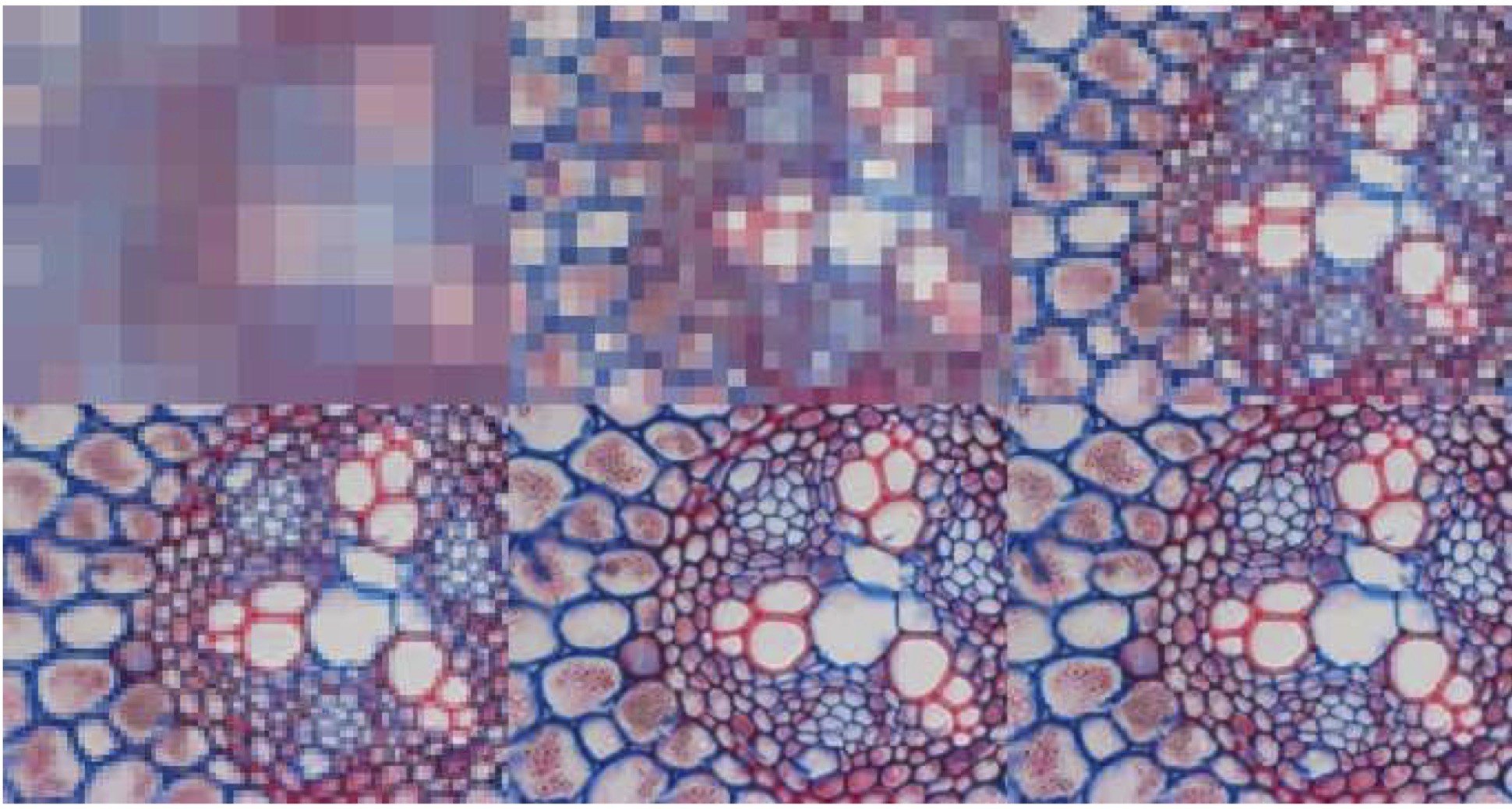
What if we improve that and provide a high resolution image like the last image of the panel bottom-right. The key to succeed and get such a good quality image is using a high megapixel camera.
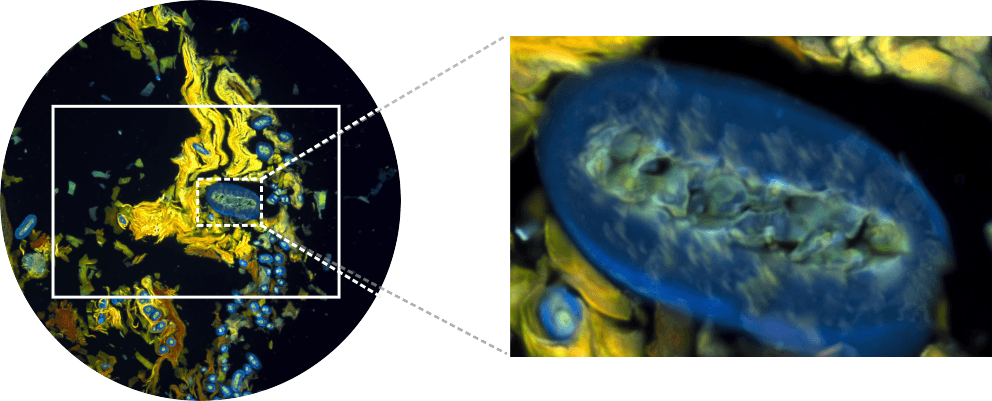
Bioimager offers cameras from 20MP to hundreds of megapixel.



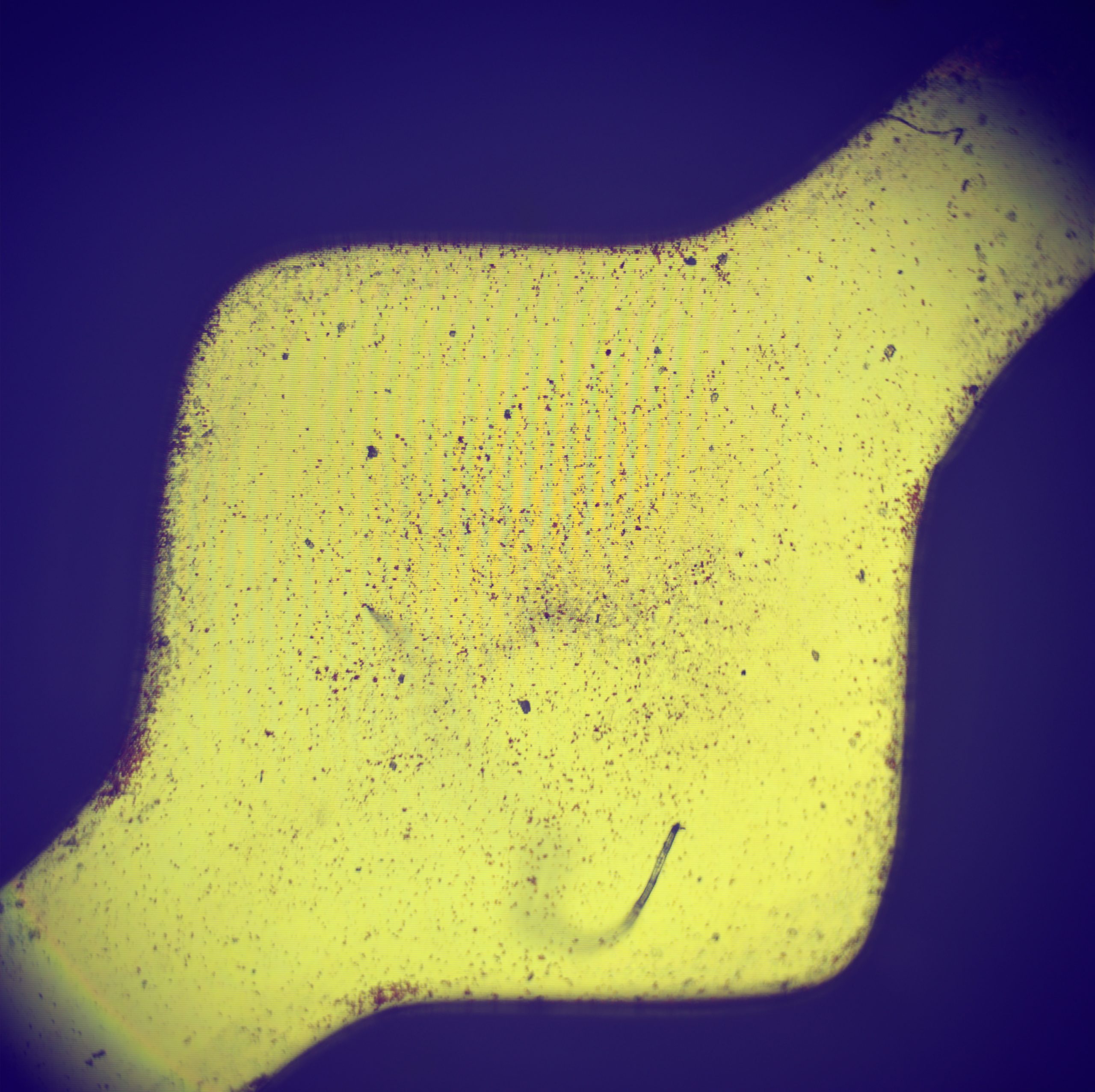
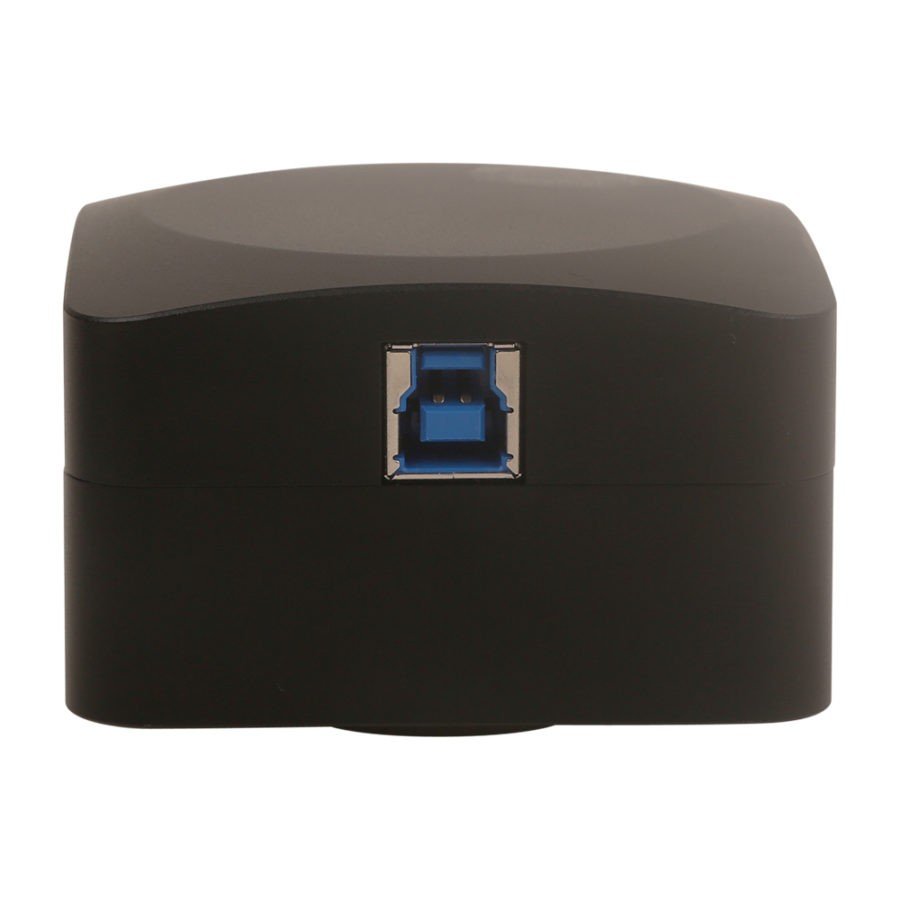
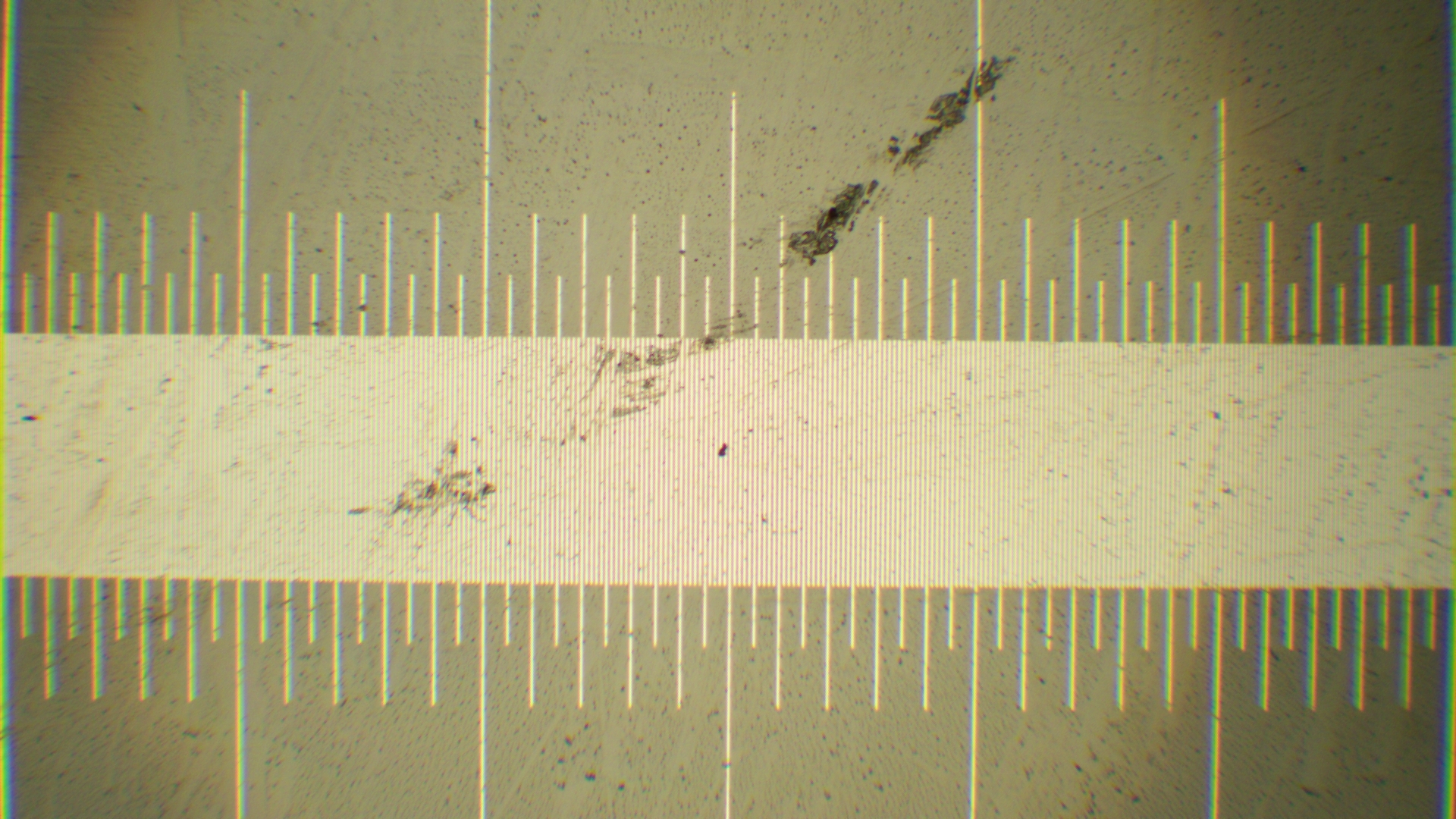
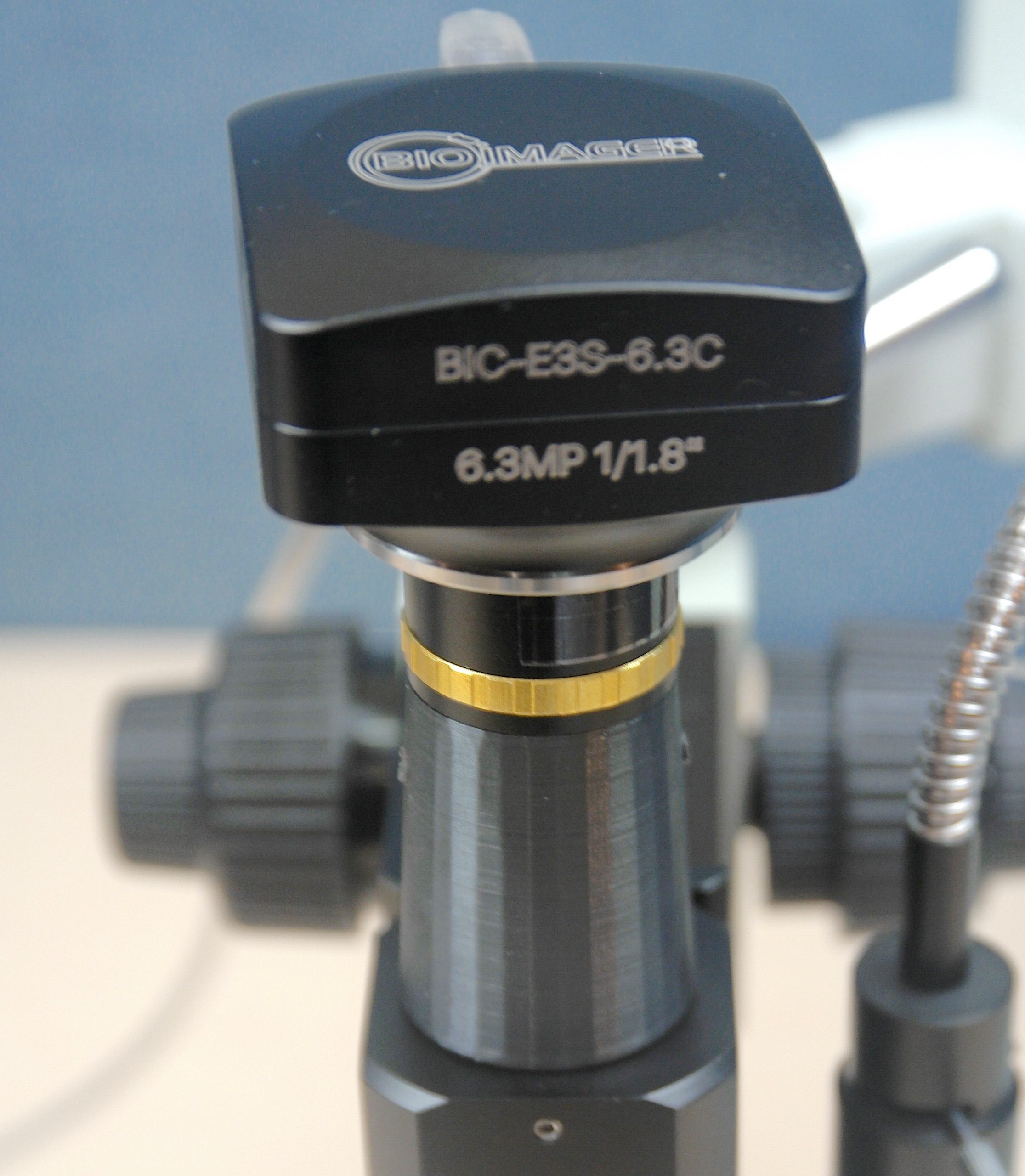

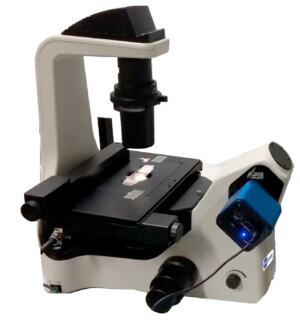
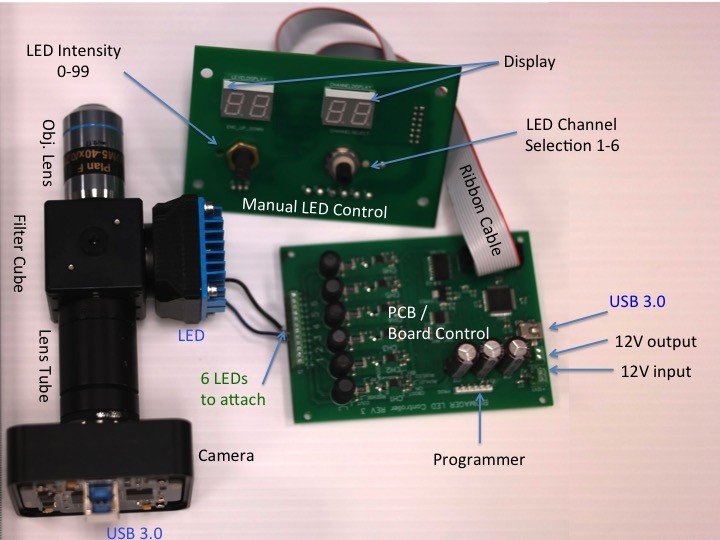
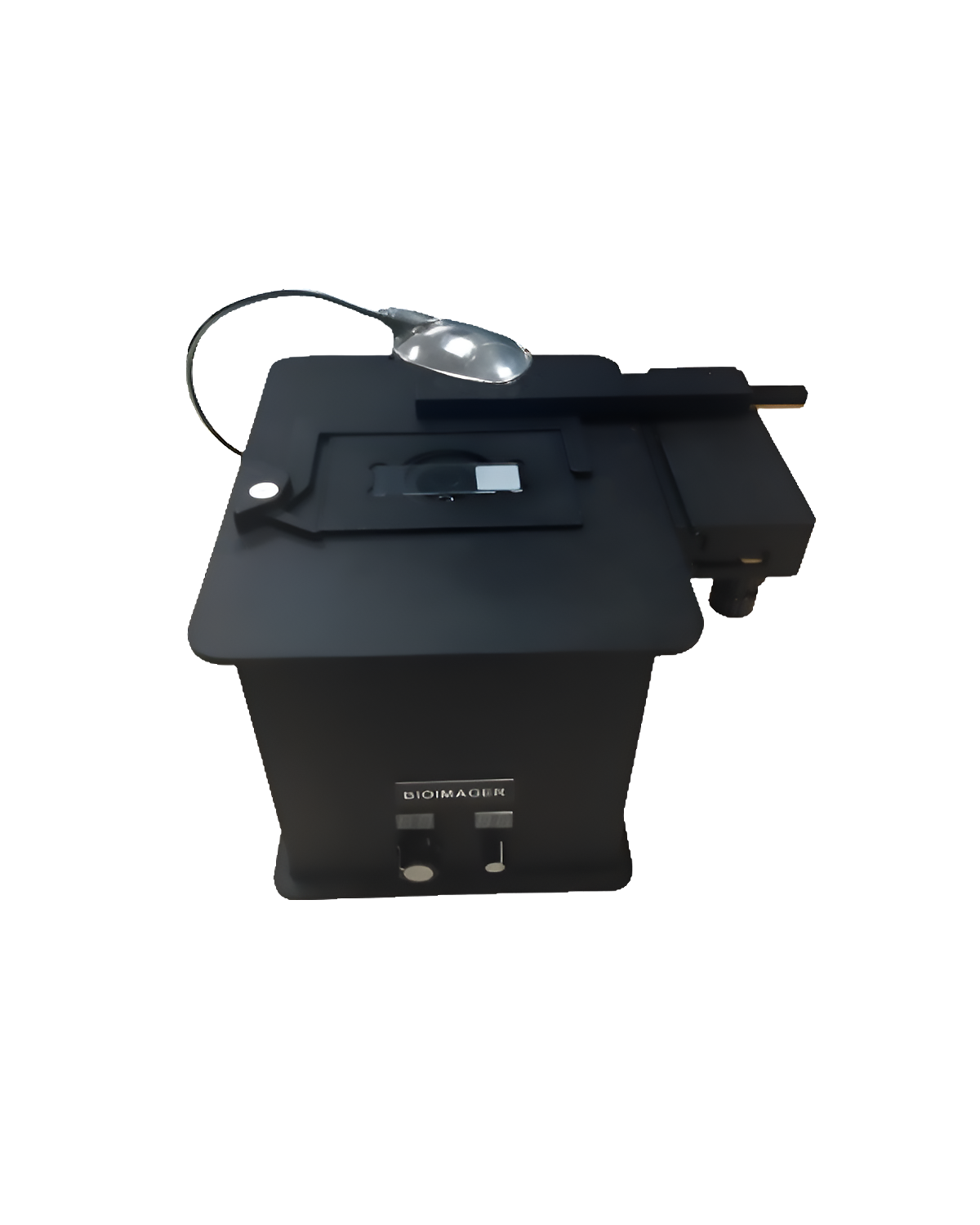

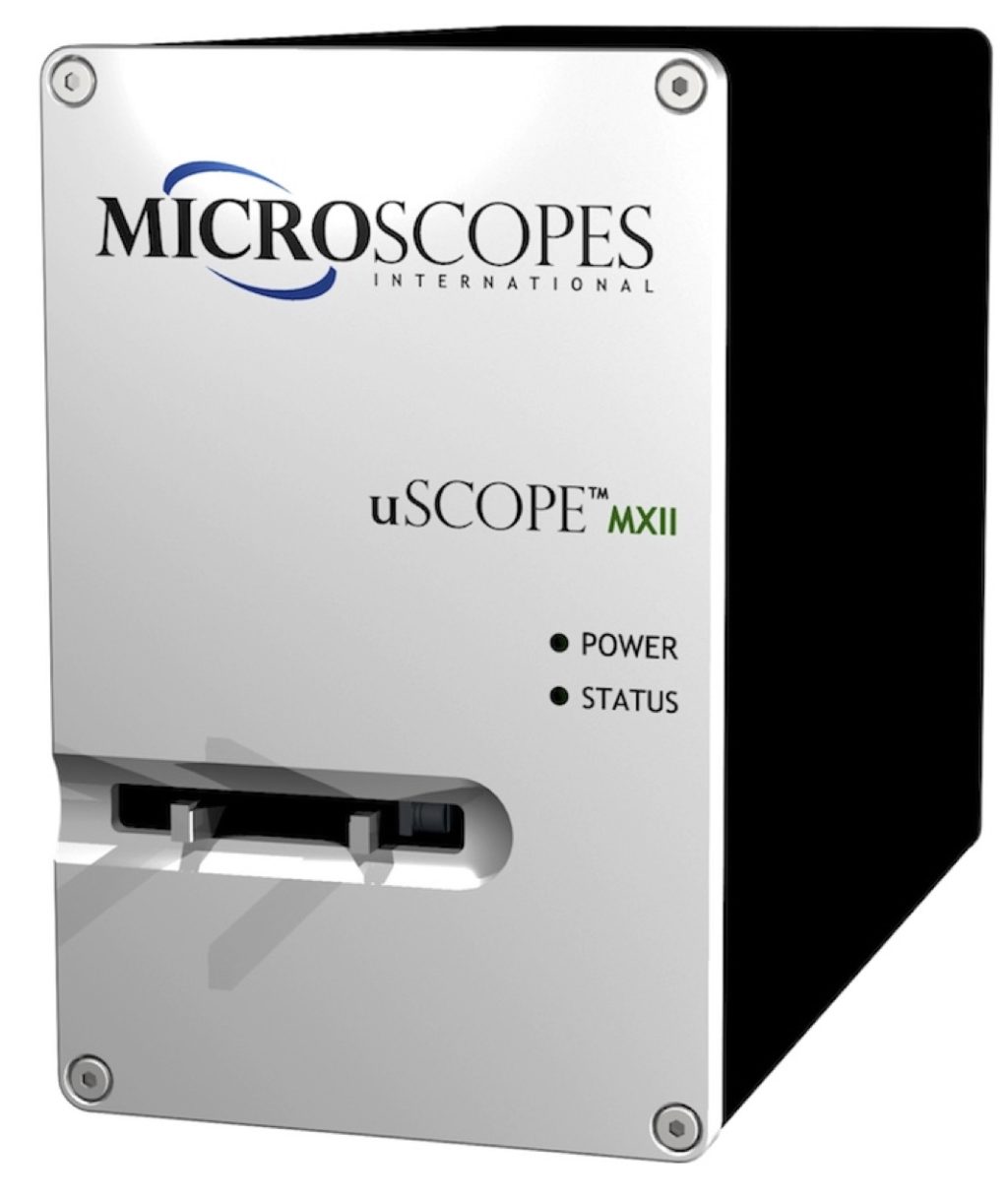
Reviews
There are no reviews yet.